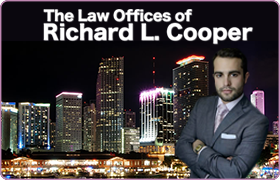Carlisle RICO Act Lawyer, Pennsylvania
Sponsored Law Firm
-
 x
x

Click For More Info:
-
The Law Offices of Richard L. Cooper, P.A.
848 Brickell Avenue Suite 800 Miami, FL 33131» view mapDWI/DUI, Drug Trafficking, Felony Nationally Ranked Top 40 Under 40
With Richard L. Cooper you can expect a trusted confidant who will work diligently to fully understand your case and determine a road map to help you regain control of your life.
800-756-2781
Not enough matches for Carlisle RICO Act lawyer.
Below are all Carlisle Criminal lawyers.
Mark F. Bayley
DUI-DWI, Criminal, Personal Injury, Car Accident
Status: In Good Standing *Status is reviewed annually. For latest information visit here
Steve Rice
Misdemeanor, Felony, DUI-DWI, Criminal
Status: In Good Standing *Status is reviewed annually. For latest information visit here
John Albert Abom
Commercial Real Estate, Real Estate, Divorce & Family Law, Criminal
Status: In Good Standing *Status is reviewed annually. For latest information visit here Licensed: 29 Years
Jessica Elaine Brewbaker
Criminal
Status: In Good Standing *Status is reviewed annually. For latest information visit here Licensed: 25 Years

 Richard L. Cooper Miami, FL
Richard L. Cooper Miami, FL AboutMiami Attorney at Law
AboutMiami Attorney at Law ServicesCriminal Defense
ServicesCriminal Defense